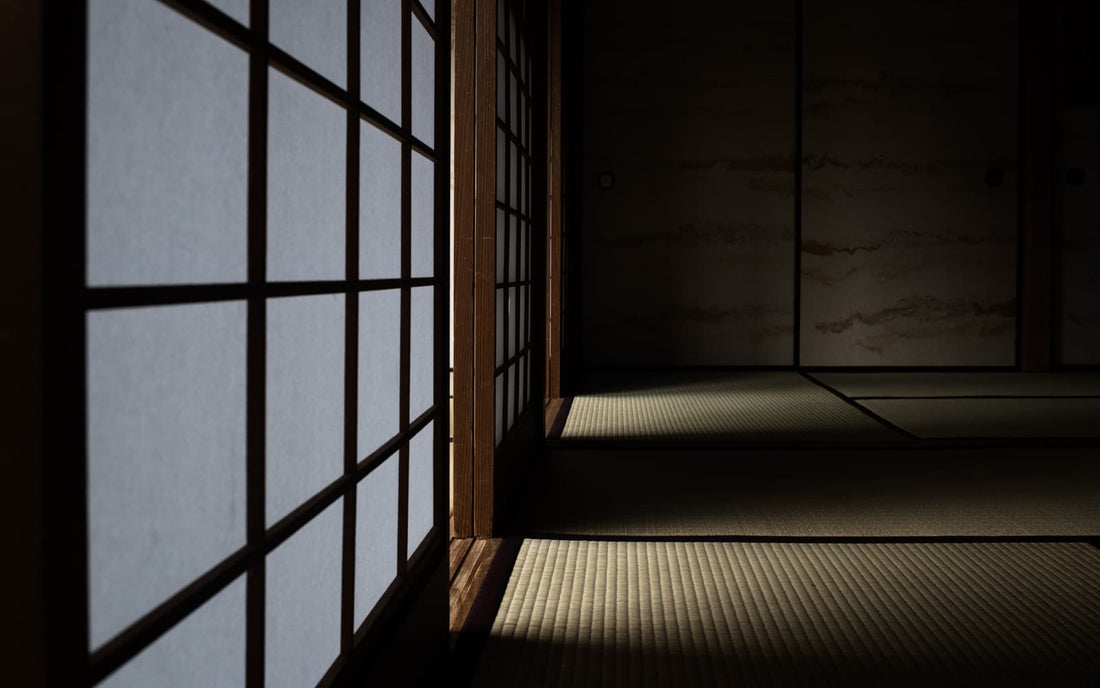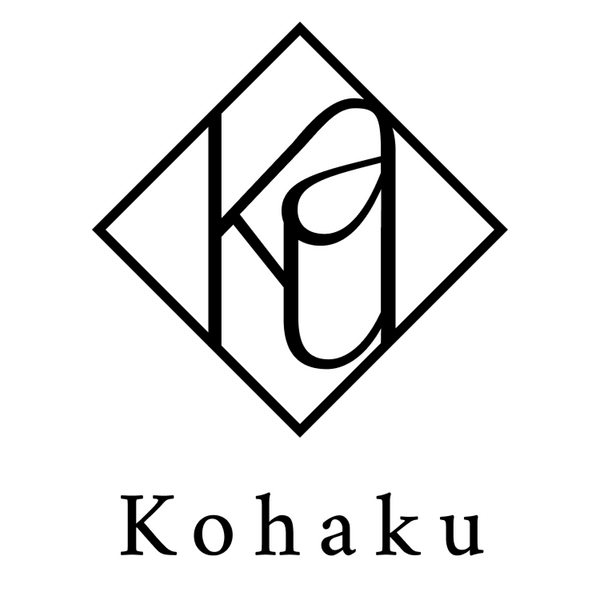
How to Choose the Right Tatami Mat: A Guide for Beginners
How to Choose the Right Tatami Mat: A Beginner’s Guide for Foreigners
Tatami mats are a traditional Japanese flooring material made primarily from igusa (a type of rush grass). They bring a natural and calming aesthetic to any room. However, if you're not familiar with Japanese culture, choosing the right tatami might feel confusing. In this guide, we’ll walk you through the basics, so you can confidently select tatami that suits your needs and style.
1. Know the Different Types of Tatami

Tatami mats come in several styles. Understanding these will help you decide what’s best for your home.
■ Tatami with Borders (縁付き畳 – Heri-tsuki Tatami)
This is the most traditional type. It has a decorative cloth edge called tatami-beri. You can choose from many patterns and colors, which can greatly influence the room’s atmosphere.

■ Borderless Tatami (縁なし畳 – Heri-nashi Tatami or Ryukyu Tatami)
These have no cloth edge and offer a modern, minimalistic look. They're popular in both Japanese and Western-style rooms.
■ Tokonoma Tatami (床の間畳)
Used in tokonoma, an alcove for displaying art or flower arrangements. These tatami are often custom-shaped and colored to complement the decorations.

■ Washi Tatami (和紙畳)
Made from Japanese paper (washi) instead of rush grass. They’re durable, less likely to fade, and available in various colors and patterns.

■ Floor-Top Tatami (フローリング用畳)
These are unit-type tatami designed for placing on wooden or carpeted floors. You don’t need any remodeling — just lay them down. Great for apartments or temporary use.

2. Check the Tatami Surface Material (畳表 – Tatami Omote)
The tatami surface affects both the look and feel. The two most common types of rush grass (igusa) are:
- Japanese-grown igusa (国産い草): High quality, long-lasting, and more expensive.
- Chinese-grown igusa (中国産い草): More affordable, often used in rental properties.
📝 Tip: The more rush strands used and the younger (and longer) the grass, the better the quality. Also, look at the tatami-beri (cloth edging) design, which changes the look of the whole room.

Left: Chinese-made tatami after 5 years; Right: Japanese-made tatami after 5 years.
3. Choose the Right Tatami Core (畳床 – Tatami-doko)
The core affects comfort, durability, and insulation. There are three main types:
- Straw Core (稲わら畳床): Natural and very traditional. It regulates humidity and retains warmth but is prone to mold in humid homes.

- Straw Sandwich Core (稲わらサンドイッチ畳床): A mix of straw and polystyrene foam. Lighter, more durable, and still feels natural.

- Synthetic Core (建材畳床): Made from chemical materials. Inexpensive and resistant to mites, but not as durable or soft.

4. Be Mindful of Room Size and Chemicals
Tatami sizes vary slightly by region (Kyoto, Nagoya, Tokyo standards). Have a professional measure your room before ordering.
Also, check for harmful chemicals, especially if you have pets or small children. Most modern tatami include anti-mite and anti-mold treatments, but it's always best to ask.
Final Thoughts
Tatami is not just a floor—it's a piece of Japanese culture. Choosing the right one involves thinking about the material, feel, durability, and design. Whether you want a traditional look or a modern twist, there’s a tatami mat for you.
If you're setting up a tea room, meditation space, or simply want to add a touch of Japan to your home, tatami is a beautiful, practical choice.
Have Questions About Tatami?
If you have any questions about tatami or need help choosing the right one for your space, feel free to contact us. We work closely with skilled Japanese craftsmen and can provide expert guidance to ensure you make the best choice.

